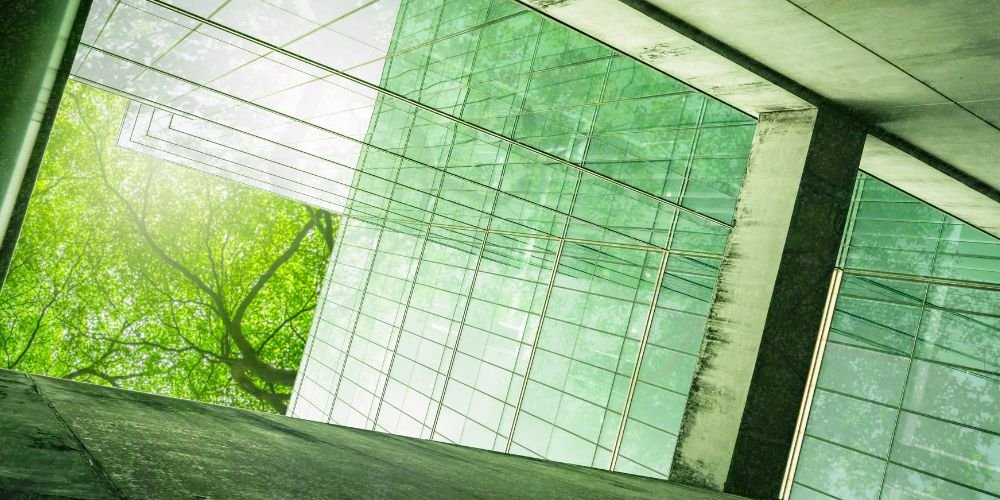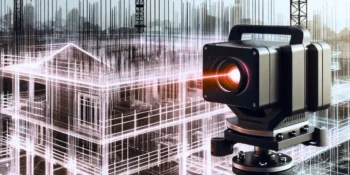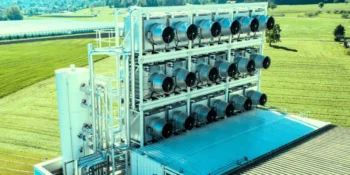Water is both essential for life and a powerful force of nature. However, when it infiltrates buildings and structures, it can cause extensive damage, compromising their integrity and longevity. Waterproofing systems are critical to construction and infrastructure, protecting against water intrusion. This comprehensive article explores waterproofing systems in detail, delving into their fundamental principles, discussing their significance in various applications, and highlighting challenges and innovations in the field.
Understanding Waterproofing Systems
Waterproofing involves implementing techniques and materials designed to create an impenetrable barrier against water intrusion. This barrier prevents water from seeping into structures, which can lead to numerous issues, including structural damage, deterioration, and the proliferation of mold and mildew. Waterproofing systems are not just about safeguarding buildings; they contribute to creating healthier indoor environments, preserving the structural integrity of skyscrapers, and promoting energy efficiency.
Types of Waterproofing Systems
Waterproofing systems come in various types, each tailored to specific applications and conditions. Here are some common types.
Liquid Waterproofing Membranes
Liquid-applied membranes are versatile and can be used on various surfaces, including roofs, foundations, and concrete decks. They form a continuous and seamless protective layer, tightly adhering to the substrate, effectively sealing it against water intrusion. These membranes are often used in areas where flexibility and adaptability are essential.
Sheet Waterproofing Membranes
Sheet membranes are typically made of modified bitumen, PVC, or similar materials, offering durability and reliability. They provide a resilient waterproofing solution, particularly for roofing applications, below-grade surfaces, and even green roofs. Sheet membranes are known for their strength and resistance to harsh weather conditions.
Cementitious Waterproofing
Cementitious waterproofing compounds are cement-based mixtures that create a protective barrier against water infiltration when applied as a slurry. This method is frequently employed for below-grade applications and basement walls. It relies on the chemical reaction of the cement mixture with water to form a waterproof layer.
Bentonite Waterproofing
Bentonite is a naturally occurring clay with exceptional waterproofing properties. When hydrated, it swells to create a watertight barrier. Bentonite waterproofing is commonly used for below-grade applications, especially in high-water tables. The clay’s ability to self-seal small cracks and voids makes it a reliable choice.
Basement Waterproofing
Basement waterproofing systems are tailored to prevent water infiltration into below-grade structures, where the risk of water damage is particularly high. These systems often combine interior and exterior solutions, including drain tiles, sump pumps, and vapor barriers, to ensure comprehensive protection.
Roof Waterproofing
Roof waterproofing is indispensable for protecting buildings from water damage caused by rainfall, snow, and environmental factors. Membrane systems, such as TPO (thermoplastic olefin), EPDM (ethylene propylene diene terpolymer), and PVC (polyvinyl chloride), are commonly used for roofing applications. These membranes create a durable and watertight seal over roofs, extending their lifespan and promoting energy efficiency.
Significance of Waterproofing Systems
The importance of waterproofing systems cannot be overstated, as they offer numerous critical benefits across various domains.
Structural Integrity
Waterproofing systems are the primary defense against water-induced structural damage. Water infiltration can weaken foundations, corrode steel reinforcements, and compromise the overall stability of buildings and infrastructure. By preventing water from penetrating surfaces, these systems safeguard structural integrity.
Mold and Mildew Prevention
Moisture intrusion creates an ideal environment for the growth of mold and mildew, posing health risks and structural damage. Waterproofing systems maintain a dry and healthy indoor environment, reducing the risk of health issues associated with mold exposure and preserving the aesthetics and durability of building materials.
Increased Lifespan
Waterproofing plays a pivotal role in extending the lifespan of buildings and structures. Water-induced deterioration can lead to costly repairs and replacements. Properly installed waterproofing systems mitigate these issues, ensuring long-term durability and reducing maintenance expenses.
Energy Efficiency
Effective waterproofing also contributes to energy efficiency by preventing air and moisture infiltration. This reduces heating and cooling costs and creates a more comfortable indoor environment. Waterproofing helps maintain consistent temperature levels within buildings, reducing the load on HVAC systems.
Asset Protection
Beyond structural elements, waterproofing systems safeguard valuable assets within buildings, such as equipment, inventory, furnishings, and electronic systems. These systems protect critical assets from water damage, minimize operational disruptions, and preserve investments in commercial and industrial settings.
Applications of Waterproofing Systems
Waterproofing systems find diverse and indispensable applications across various sectors and industries.
Building Construction
In construction, waterproofing is integral to residential, commercial, and industrial projects. It ensures that structures remain dry, safe, and durable throughout their lifespan, protecting the investments and the occupants.
Infrastructure Development
Infrastructure projects, such as bridges, tunnels, and underground parking structures, heavily rely on waterproofing to prevent water infiltration. Water-induced damage in such critical assets can compromise safety and operational efficiency. Waterproofing is essential in preserving infrastructure integrity.
Transportation
The transportation sector relies on waterproofing to protect vital components like bridges, tunnels, and railway structures from water damage. This safeguarding ensures the safety and reliability of transportation systems, reducing maintenance costs and enhancing overall longevity.
Water and Wastewater Facilities
Water treatment and wastewater management facilities require robust waterproofing solutions. These systems prevent leaks and protect the environment from contamination. Waterproofing plays a fundamental role in the sustainability and functionality of these critical facilities.
Roofing
Roof waterproofing is fundamental to commercial, residential, and industrial roofing systems. Roofs are exposed to the elements and are susceptible to water infiltration. Membrane systems and coatings effectively prevent leaks, extend the roof’s lifespan, and contribute to energy efficiency.
Landscaping and Green Roofs
Waterproofing extends beyond traditional building structures. It is crucial in landscaping projects that involve retaining walls, underground structures, and water features. Additionally, waterproofing is a critical component of green roofs, where it prevents water from infiltrating the building below while facilitating vegetation growth and promoting sustainability.
Challenges and Innovations in Waterproofing
Despite their critical role, waterproofing systems face several challenges that require continuous innovation.
Quality Assurance
Ensuring the quality and proper installation of waterproofing systems remains a significant challenge. The industry relies on standards and certification programs to promote best practices, product reliability, and installer competence.
Compatibility
Waterproofing materials must be compatible with various substrates, construction methods, and environmental conditions. Advances in material science have led to the development of more versatile and reliable waterproofing products that can adapt to a wide range of scenarios.
Sustainability
Waterproofing solutions have followed suit as the construction industry increasingly emphasizes sustainability. Innovations include developing environmentally friendly materials and designs that promote sustainability, energy efficiency, and reduced environmental impact.
Maintenance and Inspection
Regular maintenance and inspection of waterproofing systems are essential for their long-term effectiveness. Innovations in monitoring technology, as well as improved maintenance practices, help address this challenge. Remote monitoring and sensor technology can provide real-time data on the condition of waterproofing systems, allowing for proactive maintenance and reducing the risk of issues.
Conclusion
Waterproofing systems protect buildings, infrastructure, and assets from water damage. These systems encompass various techniques and materials tailored to specific applications, offering structural integrity, mold prevention, and energy efficiency. Waterproofing finds applications in diverse sectors, from construction and infrastructure to transportation and landscaping. Ongoing innovations address challenges related to quality assurance, compatibility, sustainability, and maintenance, ensuring that waterproofing systems continue to play a vital role in preserving the integrity and longevity of structures in an increasingly water-conscious world. Waterproofing systems will remain a cornerstone of construction and infrastructure development as the importance of water management and sustainability grows.









